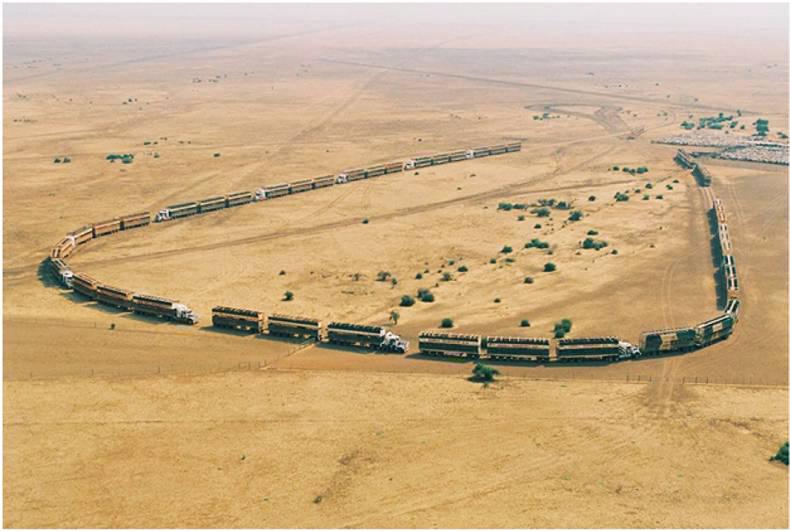Beef is among the top traded commodities in the world with almost 10m tonnes expected to be traded this year, according to US Department of Agriculture’s Foreign Agricultural Service (FAS).
This represents a doubling in global export trade in beef over the past three decades, and is driven by a combination of increased production and demand, in particular from the developing world where western diets are becoming more popular as wealth increases.
Increased production has also had an effect, with Brazil increasing its output by over 50% this century to almost 10m tonnes from 6.5m tonnes in the year 2000.
Main exporters
Ireland is the sixth largest beef exporter in the world, exporting approximately 500,000t annually, and lies between New Zealand in fifth place on 600,000t exported and Paraguay in seventh on 400,000t. This is rarely reflected in globally produced statistics as Ireland gets included in the overall EU figure and trade between EU countries is not taken into account.
The top four countries for beef exports are India (2m tonnes), Australia (1.8m t), Brazil (1.6m t) and the US (1m t). Of the top global meat trading countries, the US, India, Brazil and India also have huge domestic markets, while Australia, New Zealand and particularly Ireland are the largest net exporters with Ireland exporting 90% of its total production.
Importers
The US also features in the top importing countries table. The reason for this is that the demand for ground burger or manufacturing beef completely outstrips supply in the US. Therefore they are as large an exporter of beef as they are an importer with huge quantities of steak meat being exported and equally huge amounts of manufacturing beef being imported in return.
In volume terms, this amounts to imports of about 1m tonnes annually, the same as Russia. Russia, however, is a reducing importer, for economic reasons with the fall in oil prices, and due to a drive for greater self-sufficiency since the EU imposed economic sanctions and Russia replied with its own import ban.
Japan comes next at third place in the top importers league on 750,000t, then Hong Kong and China at 575,000t and 550,000t respectively.
The EU imports 380,000t, primarily of high-value steak cuts from South America, the US, Australia and New Zealand, plus some African countries.
South Korea is also a major importer on 360,000t.
Trade patterns
In terms of who does what where, Japan, Hong Kong and South Korea are the top export destinations for US sales, while the US is the big destination for huge quantities of Australian and New Zealand manufacturing beef. Russia switched to South America after the EU embargo while China was Brazil’s main export destination in November after getting eight factories approved in the middle of 2015. Several more approvals are expected to follow early in 2015.
India sells its surplus beef in neighbouring Asian countries and while Ireland gets grouped along with rest of the EU in global statistics, we know that over half of our sales are to the UK, and most of the rest to our near European neighbours of France, Italy, Sweden, the Netherlands, Germany and Spain, with around 4% exported outside the EU.
Impact on Irish farmers
As Irish farmers know so well, being a country that is dependent on exports leaves farmgate price seriously exposed to the ups and downs of global commodity markets. Ireland has had the added burden of having limited access to international markets so we are unable to take advantage of some of the best opportunities when they arise. The Department of Agriculture is working to address this with notable achievements in recent times but it is only when full access across the globe is gained can we avail of the best opportunities.






 This is a subscriber-only article
This is a subscriber-only article










SHARING OPTIONS: